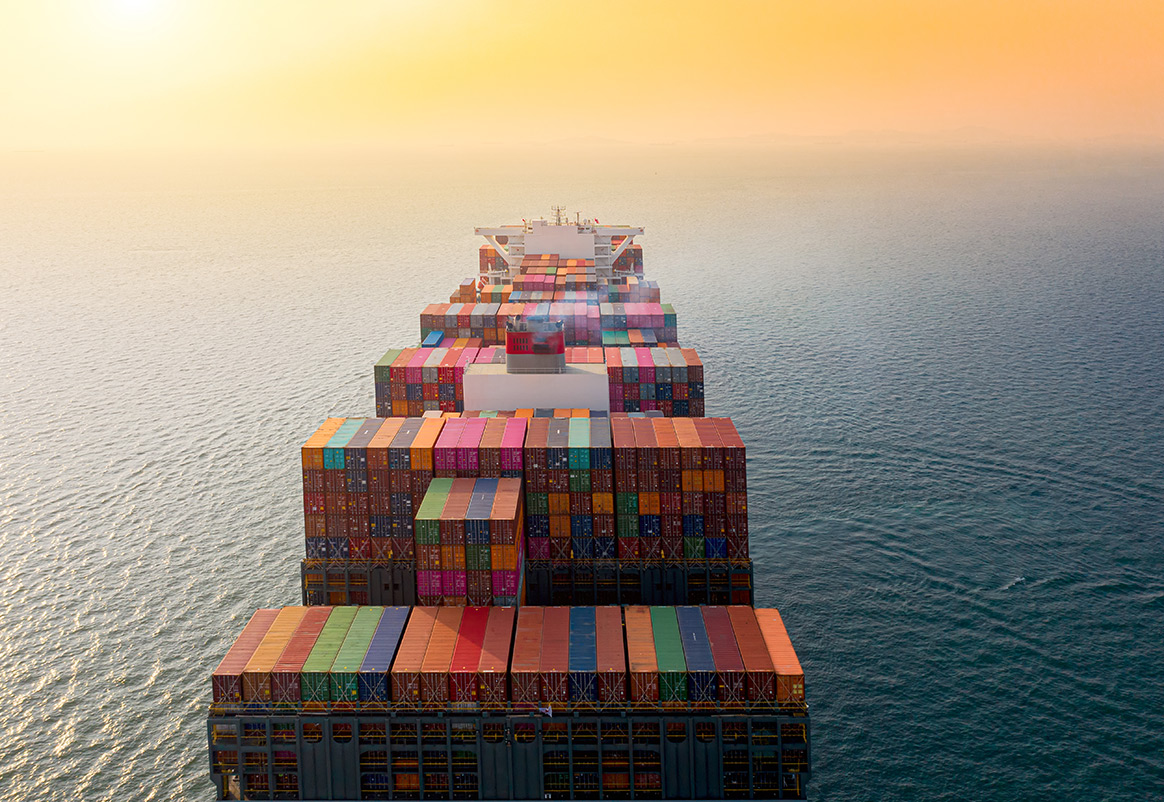The global shipping industry is a powerhouse of trade, moving goods across the world’s oceans. But it also comes with a hefty environmental cost. Ships are major consumers of fuel, leading to significant greenhouse gas emissions. As the world pushes towards sustainability, improving energy efficiency in shipping is one of the most effective ways to reduce these emissions. Let’s explore what energy efficiency means for shipping and look at some real-world examples of how it’s being implemented.
What Is Energy Efficiency in Shipping?
Energy efficiency in shipping refers to using less fuel to perform the same tasks—moving ships and their cargo from one place to another. By making ships more efficient, the industry can reduce fuel consumption, lower costs, and decrease harmful emissions.
There are several strategies and technologies that shipping companies can adopt to improve energy efficiency. These range from simple operational changes to advanced technological upgrades on the ships themselves.
Key Strategies for Improving Energy Efficiency
Hull Coatings
Applying special coatings to the hull is one of the most effective ways to improve a ship’s energy efficiency. These coatings reduce friction between the ship and the water, allowing it to glide more smoothly and consume less fuel. For example, Trafigura has implemented advanced silicone-based hull coatings on their vessels, which has resulted in fuel consumption reductions of up to 10%.
Propeller and Engine Upgrades:
Upgrading a ship’s propeller or engine can lead to significant energy savings. Advanced propeller designs and the addition of devices like wake equalizing ducts (WEDs) can optimize the flow of water around the propeller, improving efficiency. NYK Line’s MV Nyquist underwent a propeller upgrade that included energy-saving fins, resulting in a reduction of fuel use and emissions by around 5%.
Wind-Assisted Propulsion:
Utilizing wind-assisted propulsion systems is an innovative strategy to enhance energy efficiency. Suction sails, for example, harness wind power to reduce fuel consumption, particularly on long ocean voyages where wind conditions are favorable. Louis Dreyfus Company (LDC) has adopted this approach by installing eSAIL® systems on some of its vessels, leading to fuel savings of up to 15% on applicable routes.
Slow-Steaming:
Operating ships at lower speeds, known as slow-steaming, reduces fuel consumption. While this approach may slightly extend travel times, it significantly cuts fuel use and emissions. Maersk has implemented slow-steaming across much of its fleet, achieving fuel consumption reductions of up to 30%, which has substantially lowered their greenhouse gas emissions.
Continuous Hull Cleaning and Propeller Polishing:
Regular cleaning of a ship’s hull and propeller is essential for maintaining energy efficiency. Over time, marine organisms can accumulate on the hull, increasing friction and fuel consumption. Continuous cleaning and polishing help ensure that the ship operates smoothly and efficiently, contributing to overall fuel savings and maintaining the efficiency gains from other strategies.
Why Energy Efficiency Matters
Improving energy efficiency in shipping is a win-win situation. It helps companies save money by reducing fuel costs and, at the same time, lowers emissions, making shipping more sustainable. For the global economy, more efficient ships mean more reliable and cost-effective transportation of goods. For the environment, it means fewer emissions contributing to climate change.
As the shipping industry continues to evolve, energy efficiency will play a crucial role in its journey towards sustainability. Simple strategies like hull coatings, propeller upgrades, wind-assisted propulsion, and slow steaming can make a big difference. With companies leading the way, the industry is making significant strides in reducing its environmental impact.
